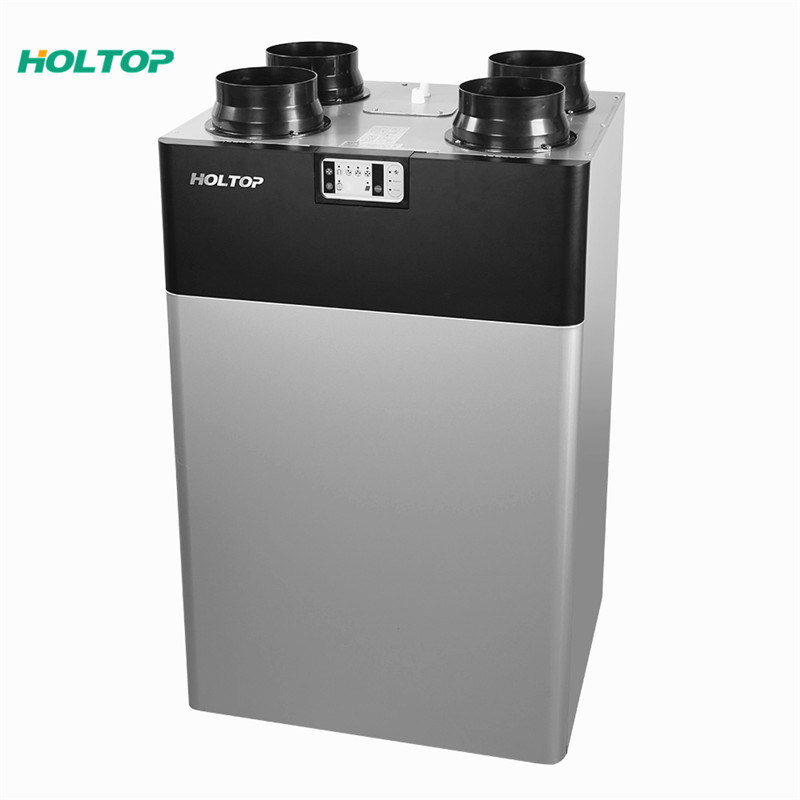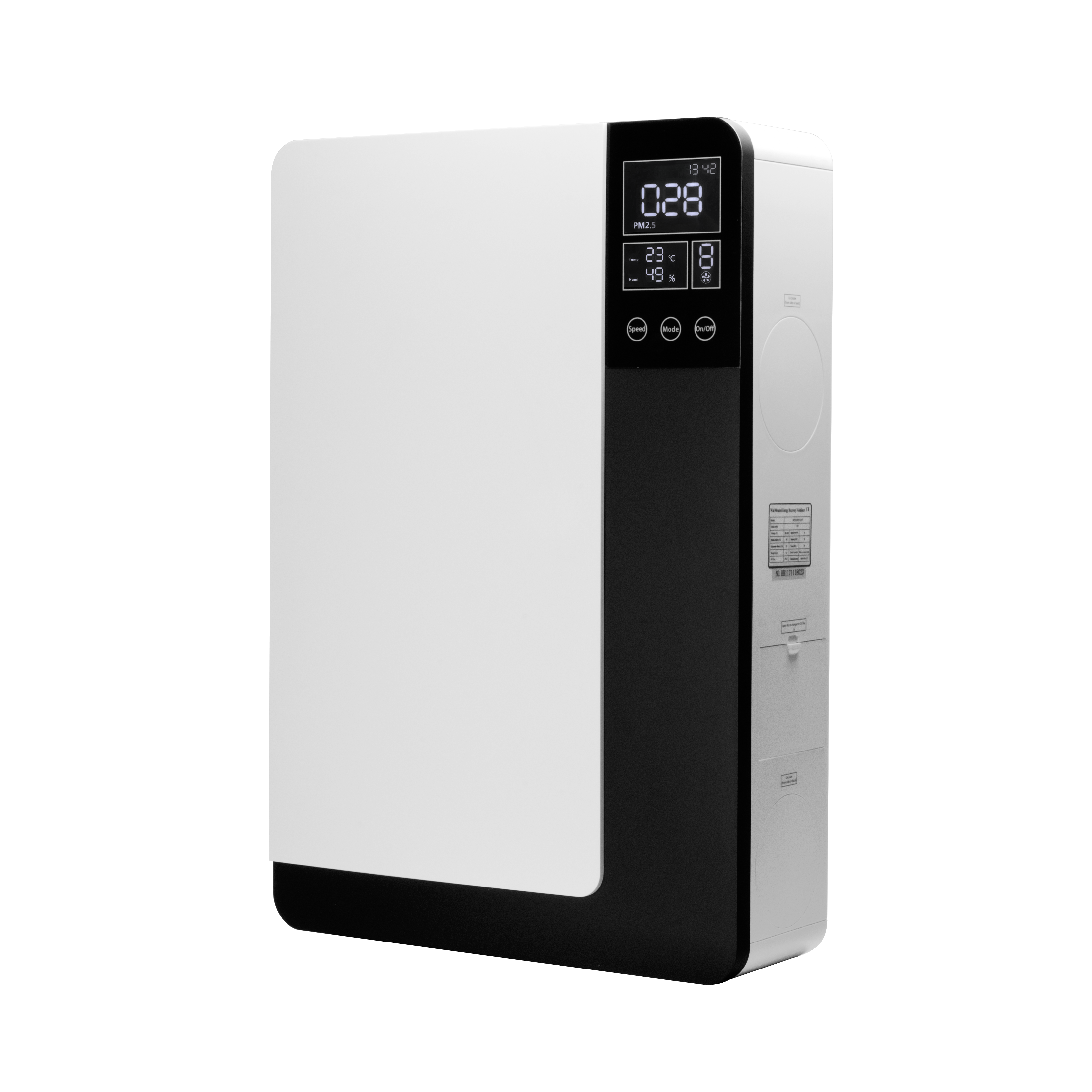How to select a mechanical ventilation system?
Normally, there are 4 mechanical ventilation systems to choose from: exhaust, supply, balanced, and energy recovery.
Exhaust Ventilation
Exhaust ventilation is most appropriate for colder climates. In warmer climates, depressurization can draw moist air into wall cavities where it may condense and cause moisture damage.
Supply Ventilation
Supply ventilation systems use a fan to pressurize a structure, forcing outside air into the building while air leaks out of the building through holes in the shell, bath, and range fan ducts, and intentional vents.
Supply ventilation systems allow better control of the air that enters the house compared to exhaust ventilation systems, they work best in hot or mixed climates because they pressurize the house, these systems have the potential to cause moisture problems in cold climates.
Balanced Ventilation
Balanced ventilation systems introduce and exhaust approximately equal quantities of fresh outside air and polluted inside air.
A balanced ventilation system usually has two fans and two duct systems. Fresh air supply and exhaust vents can be installed in every room, but a typical balanced ventilation system is designed to supply fresh air to bedrooms and living rooms where occupants spend the most time.
Energy Recovery Ventilation
The energy recovery ventilator (ERV) is a type of central/decentralized ventilation unit that provides fresh air by exhausting indoor pollutants and balancing humidity levels within a room.
The main difference between an ERV and an HRV is the way the heat exchanger works. With an ERV, the heat exchanger transfers a certain amount of water vapor (latent) along with heat energy (sensible), while an HRV only transfers heat.
When considering the components of the mechanical ventilation system, there are 2 types of MVHR system: centralized, which uses a single large MVHR unit with a duct network, and decentralized, which use a single or pair or multiples of small through-wall MVHR units without ductwork.
Normally, centralized ducted MVHR systems will generally outperform decentralized ones due to the ability to locate grilles for the best ventilation outcome. The benefit of decentralized units is that they can be integrated without needing to allow space for ductwork. This is particularly useful in retrofit projects.
For example, in light commercial buildings like offices, restaurants, small medical facilities, banks, etc, a centralized MVHR unit is a premier solution suggested, like XHBQ-D*DCPMTHC series energy recovery ventilator, this series was built-in brushless DC motors, and VSD(various speed drive) control are suitable for most of the project’s air volume and ESP requirements. In high-end real estate project, like villa, apartment, etc, need a compacted design, vertial installation in cabinet, Comfort Fresh Air (CFA series HRV) Heat recovery ventilator is more suitable, this series with high efficiency 3D washable heat exchanger (efficiency up to 95%), equipped EC fan, the electrical Heater signal port is reserved, with auto bypass function, double machine body control,LCD remote controller and wifi module is optional, left or right type optional for installation…
What’s more, the smart controllers are with functions that are perfect for all kinds of applications, including temperature display, timer on/off, and auto-to-power restart. support external heater, auto bypass, auto defrost, filter alarm, BMS (RS485 function), and optional CO2, humidity control, optional indoor air quality sensor control, and App control. etc.
While, for some retrofit projects like school and private refurbishments, decentralized units can be easily fitted without any real structural modifications-a simple one or two hole in the wall install-solving immediate climate issues. For example, Holtop single room ERV or wall-mounted could be a perfect solution for retrofit projects.
For the Ductless wall-mounted ERV, which integrates air purification and energy recovery function and built-in high-efficiency BLDC motors with 8 speeds control.
Besides, it is equipped with 3 filtration modes – Pm2.5 purify / Deep purify / Ultra purify, which is able to prevent PM 2.5 or control the CO2, mold spore, dust, fur, pollen, and bacteria from fresh air, and make sure the cleanness. What’s more, it is equipped with a heat exchanger, which can recover the energy of EA and then recycle it to OA, this function will greatly decrease the loss of family energy.
















